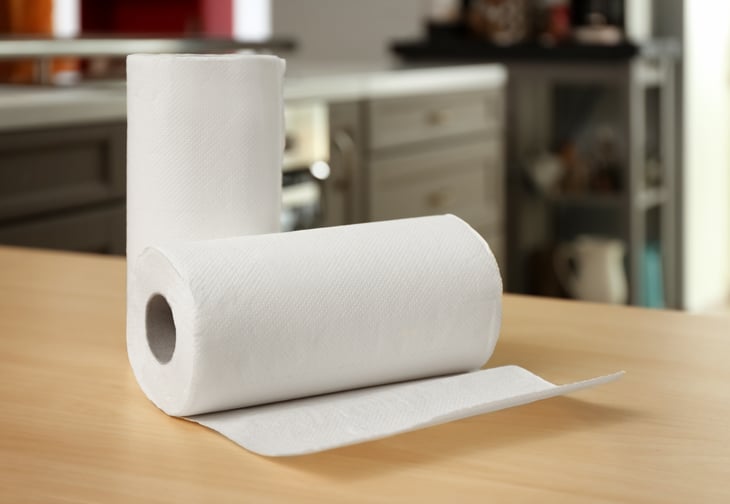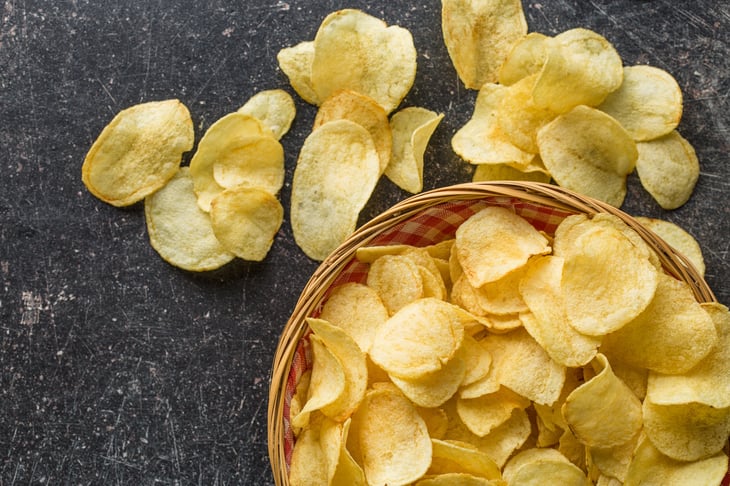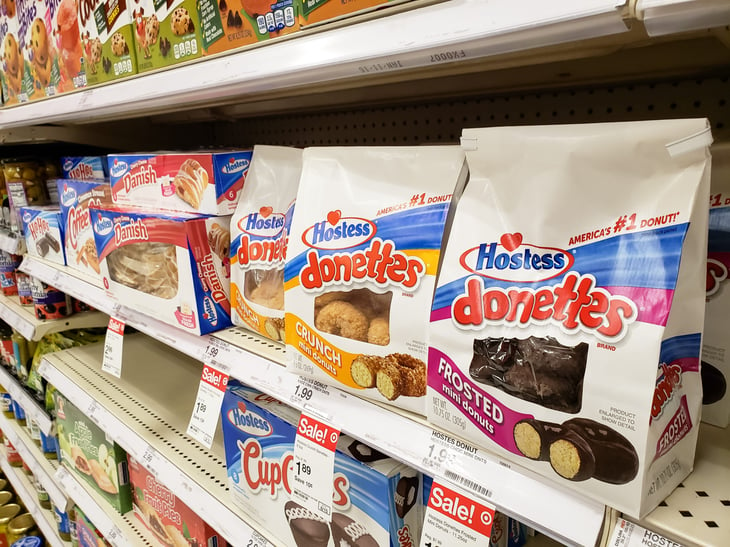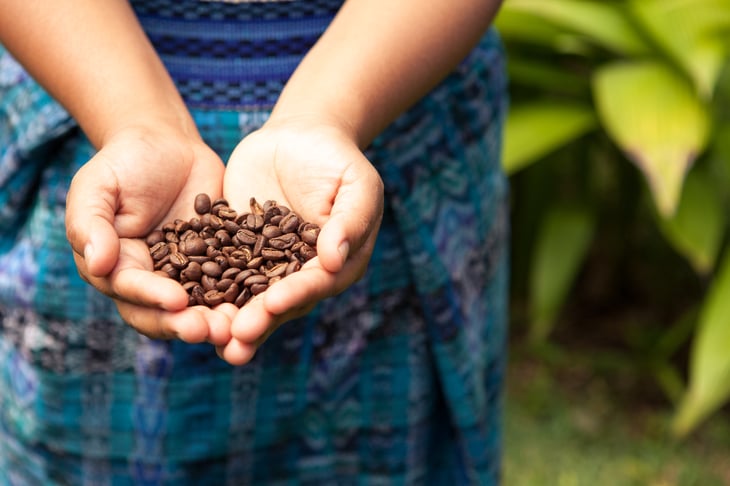
Have you noticed that many grocery store items are shrinking in size, but remaining the same price?
Uncle Sam also is aware of this unhappy trend, which has been dubbed “shrinkflation.” The federal government’s Bureau of Labor Statistics (BLS) tracks the grocery store product categories with the highest instances of shrinkflation.
Following are the types of groceries that were most often subject to shrinkflation between January 2015 and December 2021, according to recently released BLS data.
1. Household paper products

Downsized items in this product category from 2015 through 2021: 1.79%
The size of household paper products is shrinking more frequently than any other type of goods.
For example, shoppers at Walmart say they have noticed paper towel rolls slimming down. Bounty Triples also have seen their sheet count fall.
2. Snacks

Downsized items in this product category from 2015 through 2021: 0.54%
Snacks are another product where shrinkflation is running wild.
In 2022, sharp-eyed shoppers noted that a bag of Doritos had shrunk from 9.75 ounces to 9.25 ounces. That’s a drop of about five chips per bag.
3. Sweet rolls, coffee cakes and doughnuts (non-frozen)

Downsized items in this product category from 2015 through 2021: 0.37%
Even makers of sweet treats like sweet rolls, coffee cakes and doughnuts have hit a sour note by shrinking their products while keeping prices the same.
For more on shrinkflation, check out “4 Ways Shoppers Are Fighting Shrinkflation at the Grocery Store.”
Other types of groceries affected by shrinkflation

Other categories that have seen significant shrinkflation include:
- Tea: 0.27%
- Infants and toddlers diapers: 0.25%
- Pies, tarts and turnovers (non-frozen): 0.25%
- Coffee: 0.2%
